Amber with inclusions is a very rare and valuable find not only for scientists but also for jewelers. Insects frozen in the fossilized resin can tell a lot about the fauna of ancient times. And for connoisseurs of jewelry, this is a unique thing, because there is definitely no second such product of nature itself on Earth.

A dragonfly
Of all the amber collected on the planet, only 5% contains inclusions. And for the most part, these are representatives of the flora and fauna of the times of dinosaurs!

Paleozoic lizard in Baltic amber
90% of all mined amber is Baltic amber or succinite. According to scientists, it was formed in the middle of the Paleogene period, which is about 65-55 million years ago - just when the dinosaurs lived.
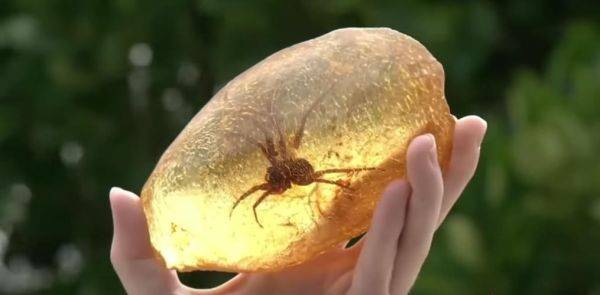
An arachnid that lived millions of years ago
Over the past five years, the value of real amber has doubled, so it can be a good way to invest and save money. In particular, the demand for amber from the Baltic countries increased in China, so the price soared from $30 to $70. Amber with insects is even more expensive because such type is only 5%

Ancient flower
98.3% are animals in amber, 0.4% are plants, and 1.3% are reptiles, mollusks, minerals, air, and water inclusions
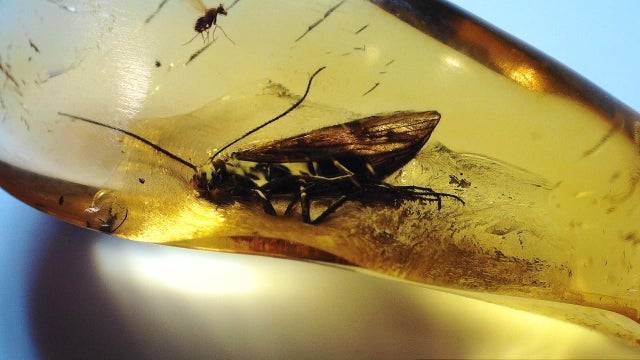
Caddis fly
Insects in amber from ancient times differ little from modern ones, only 1% of them are extinct species

Mantis that lived 12 million years ago
These are especially carefully studied by scientists who want to learn as much as possible about the world of dinosaur times.

54 million-year-old gecko
Amber is the fossilized resin of plants and trees, which they secrete to protect against pests and predators. Accordingly, it is these organisms that most often froze in resin and were ideally preserved for millions of years, so now scientists can study their habits.
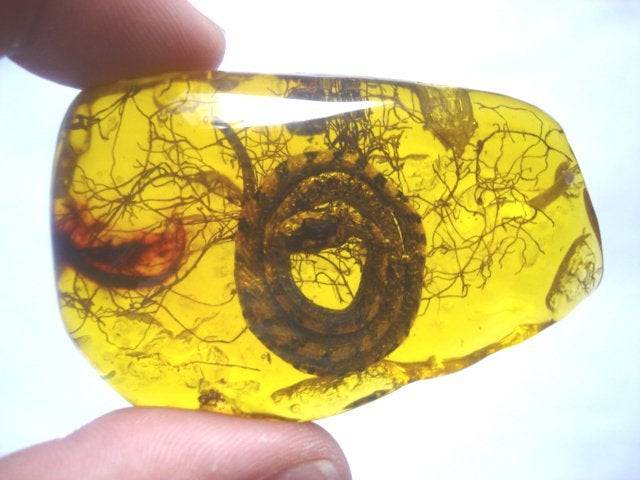
This snake lived 50 million years ago
Take, for example, a wingless female insect found in amber that lived 100 million years ago, during the Middle Cretaceous period. The find was made in a mine in the Hukaung Valley in Myanmar. A new insect hitherto unknown to science was named Aethiocarenus burmanicus, and its detachment was named Aethiocarenodea
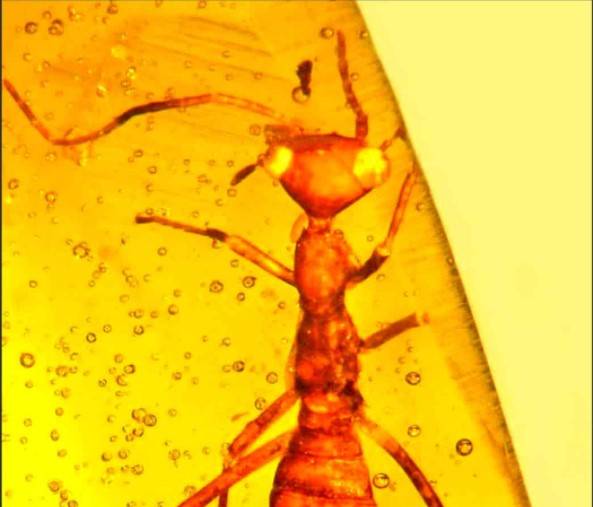
Aethiocarenus burmanicus
The main distinguishing feature of this creature was the ability to turn its head 180 degrees! None of the living insects can do this!
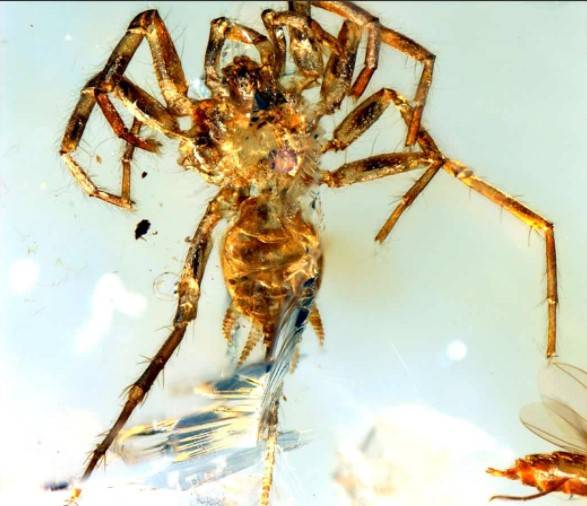
Chimerarachne yingi
But Chimerarachne yingi is another find not for the faint of heart. This arachnid crawled through the rainforests of what is now Southeast Asia over 100 million years ago, during the Cretaceous period, during the time of the dinosaurs. The tail of these creatures was longer than their body and was apparently used as a sensory detector to find prey or avoid other large predators. A similar tail - telson - is now used by scorpions, but this has not been found in spiders before.

The spider attacks the wasp
So insects in amber are often very unique. There is even a unit of amber in which the spider froze right during the attack on the wasp in its web (both species have already become extinct)! 15 intact strands of spider silk are perfectly preserved, and the attack scene itself is considered the first fossil evidence of such an attack.

Dinosaur’s tail
In addition, the remains of another spider were found in amber, which also allows scientists to speculate about the social behavior of these insects of that time. The find dates back to the Early Cretaceous period - approximately 97-110 million years ago.

So if you are lucky enough to find real amber with inclusions on sale, check its authenticity and do not hesitate to invest in such a unique piece of jewelry!

A fly that is 50 million years old
Its value for the ages






